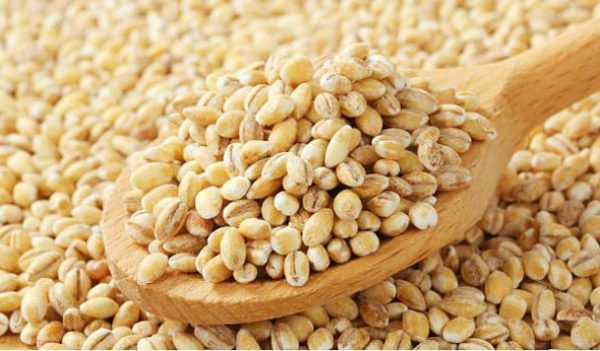Lifestyle
4 benefits of adding millet to your kids’ diet

As one of the oldest cultivated cereal grains, millet has been grown and consumed throughout Africa for thousands of years.
Millets are free of gluten and rich in essential vitamins and minerals that contribute to their many health benefits.
In addition to being nutritionally superior, these grains are also rich in antioxidants, fibre, and vitamins, making them considered nutri- cereals.
Benefits of adding millet to your kids’ diet
As a dietary fiber source, millet is rich in both soluble and insoluble fiber. It is thought that the insoluble fiber in millet is a prebiotic, which means that it helps to maintain good bacteria in the digestive tract. In addition to adding bulk to your stools, this type of fiber also reduces your risk of colon cancer and keeps you regular.
Millet is gluten-free, nutritious, easily digestible, and a less allergenic grain, and is suitable for children of all ages. It can be consumed as a delicious finger food (puffs, cookies, cutlets, etc) or as a part of a main meal.
Millet is also very versatile, enabling it to be utilized for a variety of daily light meal recipes. It contains a variety of essential nutrients for a child’s growth and development on a daily basis.
Here are the benefits of adding millet to your kids’ diet.
1. Good for the digestive system
In addition to providing 15-20 per cent of dietary fiber to children, millets are a good source of prebiotic fibers which promote the growth of healthy gut bacteria. In addition to being gluten-free, acid-free, and easily digestible, they are ideal for children to consume.
2. Combats malnutrition/gaps in daily nutrition
As a major staple in diverse balanced diets for children, millet will help address the growing concern of malnutrition. Nutrition remains a critical factor in the growth and development of children at critical stages of their lives. Millet can help address nutritional deficiencies in these stages, which can hinder children’s overall development and physical development.
3. A high source of protein
Due to the fact that millets do not lose protein during cooking, they are beneficial for muscle development and growth in children.
4. High in smart cabs and low in simple sugars
Since millet has a relatively low glycaemic index, it has been shown to cause lower blood sugar levels than wheat or rice, thus preventing childhood obesity.
On a final note…
The different varieties of millet have slightly different appearances, but they all have the same health benefits. As millet is gluten-free and non-allergenic, it is generally considered to be a safe food to consume, especially for young children.










